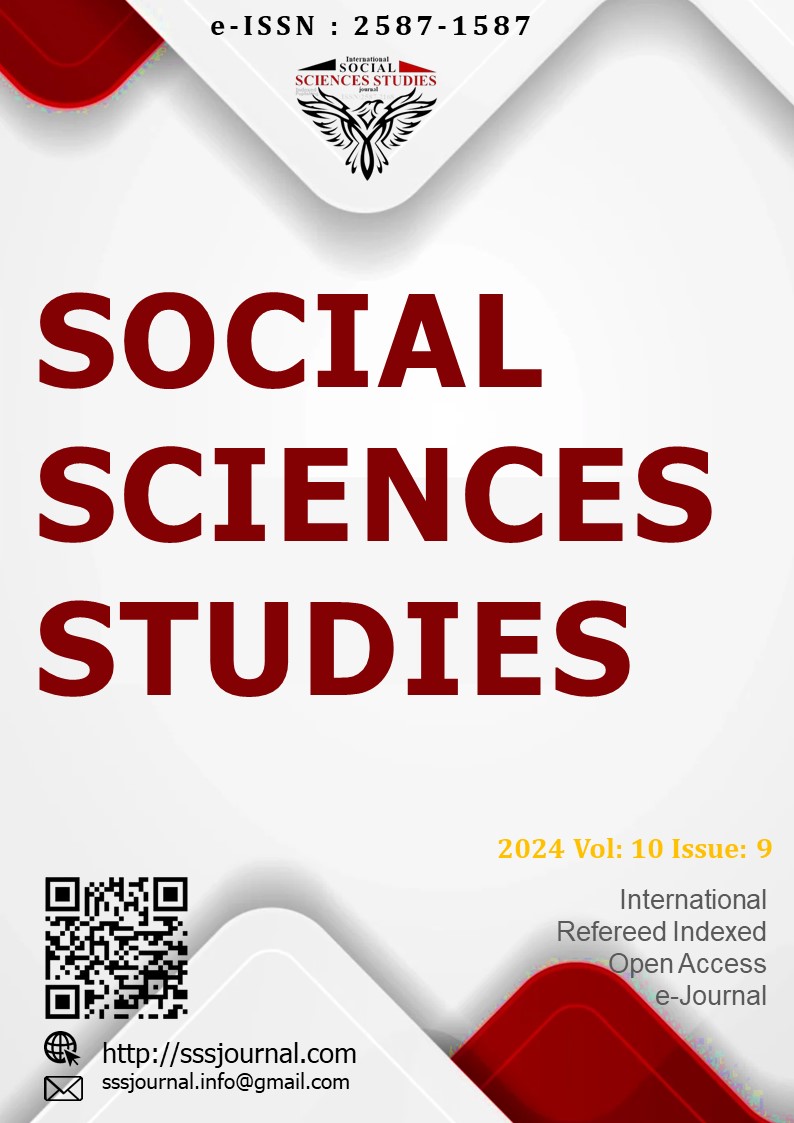Erişkin İnsan İskeletlerinde Patella Yapısal Değişikliklerinin ve Deformasyonlarının Antropolojik ve Anatomik Açıdan Değerlendirilmesi:Van Kalesi Höyüğü Toplumu
Author :
Abstract
|
Vücudumuzda yer alan sesamoid grup kemiklerin en büyüğü olan patella; femur’un distalinde ve diz eklemi önünde yer almaktadır. Diz bölgesi çevresindeki kaslar ve bağlarla beraber diz ekleminin stabilizasyonunda etkisi bulunmaktadır. Bu çalışma Van Kalesi Höyüğü’nde bulunan patella’ların Antropolojik ve Anatomik açıdan morfolojik sınıflandırılması ve o dönemde yaşayan kişilerin günlük ve mesleki aktivitelerinin,incelenen patella’lardaki oluşan yapısal değişikliklere özellikle de M.quadriceps femoris’in tendonunun yapışma hattında oluşan çizgilenme sıklığı ve derinliğine etkilerini ortaya koymak hedefiyle yapılmıştır. Ayrıca patella’nın değişik kutuplarında aynı kasın çekme kopma hattında oluşabilen yapısal ve deformatif değişiklikler de göz önünde bulundurulmuştur. Bu bağlamda parçalı patella anomalileri içerisinde yeralan bipartite, tipik olmayan patella varyasyonları ve çift patella oluşumları değerlendirmeye alınmıştır. Çalışmada, Van Kalesi Höyüğü’nden çıkarılan 60 erişkin birey iskeletine bakılmıştır. Bu iskeletler yapılan tarihlemede Ortaçağ’ın son evresinden başlayarak Yakınçağ’ın ilk evrelerine ait olarak saptanmış olup;höyük alanından 2013-2016 yılları arasında çıkarılmıştır. Sonuçta en az bir patella kemiği olan 54 birey değerlendirmeye alınmıştır. Bireylerin cinsiyet dağılımına bakıldığında, 35 (%64,81)’i erkek ve 19 (%35,19)’u kadın iskeletinden oluşmaktadır. Erkek bireylere ait 63 ve kadın bireylere ait 33 olmak üzere toplam 96 patella kemiği değerlendirmeye alınmış olup değerlendirmede sağ-sol taraf ayrımı yapılmamıştır. Parçalı patella anomalileri içerisinde 27 patella’da vastus çentiği, 1 patella’da bipartite olabilecek bir yapıya ve 2 patella’da tipik olmayan patella varyasyonuna rastlanılmıştır. Bulunan bu patella’larda M.quadriceps femoris’in tendon yapışma hattının incelenmesine dair de özellikle daha belirgin,sayısı ve derinliği artmış bir lineer çizgilenme morfolojisi saptanmıştır. İncelenen patella’lardan bir adedinde ise çekme-kopma hattında üst uçta belirgin deformasyon saptanmıştır.
|
Keywords
Abstract
|
The largest of the sesamoid group bones in our body, the patella; is located distal to the femur and in front of the knee joint. It has an effect on the stabilization of the knee joint together with the muscles and ligaments around the knee region. This study was conducted with the aim of determining the Antropological and Anatomical morphological classification of the patellae found in the Van Castle Mound and revealing the effects of the daily and professional activities of the people living in that period on the structural changes in the examined patellae, especially on the frequency and depth of the striation formed in the adhesion line of the tendon of the M. quadriceps femoris. In addition, structural and deformative changes that may occur in the tensile rupture line of the same muscle at different poles of the patella were also taken into consideration. In this context, bipartite, atypical patella variations and double patella formations, which are among the fragmented patella anomalies, were evaluated. In the study, 60 adult skeletons removed from the Van Castle Mound were examined. These skeletons were determined to belong to the late Middle Ages and early Modern Ages in the dating and were removed from the mound area between 2013-2016.
As a result, 54 individuals with at least one patella bone were evaluated. When the gender distribution of the individuals is examined, 35 (%64.81) of them are male and 19 (%35.19) are female. A total of 96 patella bones, 63 of which belong to male individuals and 33 of which belong to female individuals, were evaluated and no distinction was made between right and left sides in the evaluation. Among the fragmentary patella anomalies, vastus notch was found in 27 patellas, a structure that could be bipartite in 1 patella and atypical patella variation was found in 2 patellas. In the examination of the tendon attachment line of the quadriceps femoris in these patellae, a more distinct linear striation morphology with increased number and depth was detected. In one of the examined patellae, a distinct deformation was detected at the upper end of the tensile-rupture line. |





